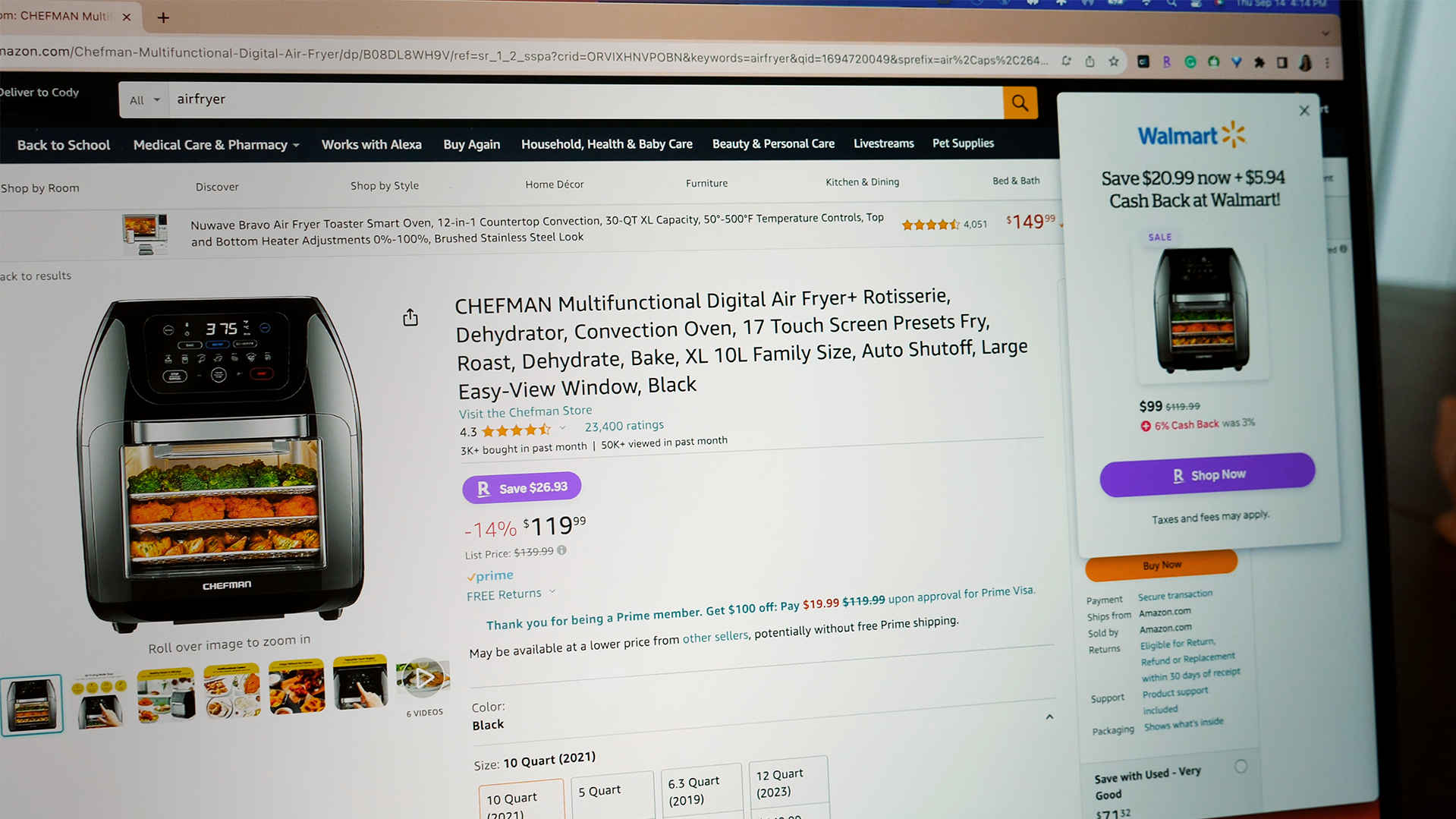Sam’s Club requires minimum order value for free shipping


How to save money when shopping online
How to search for deals when shopping online.
problem solved
Sam’s Club is raising the bar on free shipping, following a trend that’s impacting retailers and customers across the country, according to a new survey.
Sam’s Club Plus members pay an annual membership fee of $110 — $60 more than the basic membership — and enjoy premium perks, including free shipping on most online items. Starting next month, however, Plus members will only be able to waive the $8 shipping fee on orders of $50 or more.
Analysts say Sam’s Club’s upcoming policy update is part of a larger trend in retail where companies are making adjustments to counter rising shipping costs. About half of retail executives surveyed said they had raised the minimum fee for free shipping within the past 12 months, according to a survey of about 100 retail executives conducted in May and June by global consulting firm AlixPartners.
“They need to change their policies to slowly but surely make home delivery and online sales more profitable,” said Marc Iampieri, partner and managing director of AlixPartners.. This is the third consecutive year the company has surveyed executives of U.S. retailers with at least $100 million in sales.
Shipping and delivery changes at Sam’s Club
Sam’s Club’s new shipping, delivery and pickup policies go into effect August 19 and affect both Plus members and Club members (who pay a $50 annual fee).
- Shipping for Plus members: Free shipping is available on orders of $50 or more. Orders that do not qualify will be subject to an $8 shipping fee. Sam’s Club notes that “some categories are excluded, which will result in variable shipping charges.” As of July 9, Plus members receive free shipping on eligible items with no minimum purchase.
- Same day delivery for Plus members: Free same-day delivery is available on qualified orders over $50.
- Curbside pickup for club members: Club members have access to free curbside pickup “on eligible items” with a minimum purchase of $50. Currently, curbside pickup orders are free for Plus members only, and club members must pay a flat $4 fee for curbside pickup orders.
Sam’s Club spokesman Steven Zapata said the changes are intended to “simplify the experience and fees for same-day delivery and shipping” and “provide better access to the items our members buy most.”
Some Sam’s Club members have expressed their dissatisfaction with the policy changes online, but Zapata said the policy change has been “overwhelmingly positive” among members, who say it’s “easy” to meet the $50 purchase minimum.
“It’s not surprising that Sam’s Club is facing some backlash over this decision, but it’s likely the only way to keep its online business profitable,” said Blake Droesch, senior retail and e-commerce analyst at research firm eMarketer. “Delivery economics are one of the biggest challenges facing retailers today.”
Are there any further changes to free shipping coming?
Other companies have raised the bar for free shipping in recent years. According to reports from various media outlets, Amazon began testing a minimum spend of $35 for non-Prime customers to qualify for free shipping in late 2023 (up from $25). Abercrombie & Fitch is offering free shipping on orders over $99 (up from $75).
The higher thresholds can be attributed in part to inflation. Analysts say it makes sense for retailers to raise the free shipping threshold to reflect new prices on consumer goods, which have risen more than 20% over the past three years.
“Fifty dollars today is not the same as $50 three years ago,” Iampieri said.
AI at Sam’s Club: AI technology that gets Sam’s Club customers out of the store faster will soon be available at all locations
Higher freight costs are also a factor. According to a new survey by AlixPartners, three-quarters of retail managers surveyed said delivery costs per package would increase between 2023 and 2024.
“Online shopping has always been expensive and has eaten into profit margins somewhat, but it has now reached a level where you can no longer ignore or simply absorb those costs,” says Neil Saunders, managing director of analytics firm GlobalData. “You need to make sure the consumer pays a fairer share of that.”



